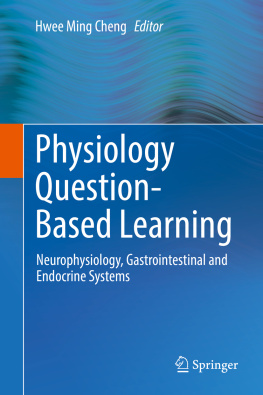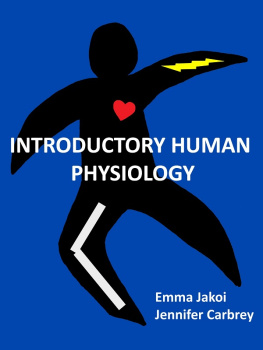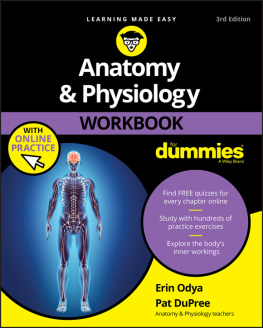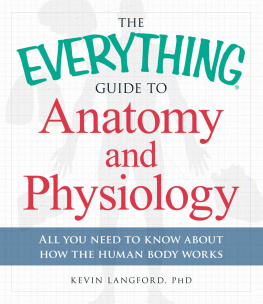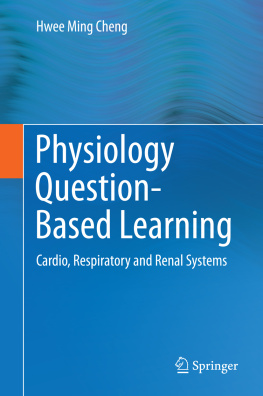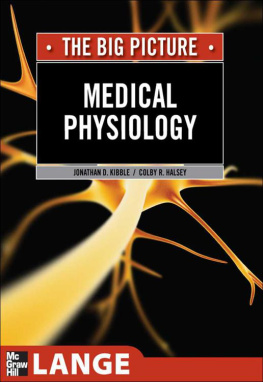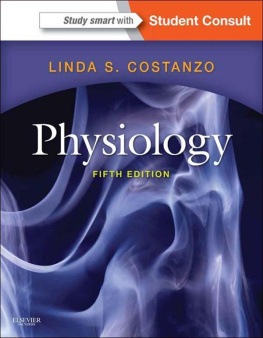Synaptic plasticity and Religio-physio phenomenon? be transformed ( metamorphousthe ) by the renewing of your mind Message to the Romans
Introduction: Neural Impulses and Homeostatic Balance
The adjective in the name Nervous System (NS) is certainly not a description of controlled function of neurophysiology in homeostasis. The brain and the spinal cord is termed Central NS (CNS). Projecting from the CNS is the peripheral NS (PNS) which is divided functionally into the somatic and autonomic NS.
All intentional motor movements are initiated in the brain and meaningful execution of specific skeletal muscle groups is by activation of the corresponding alpha motor neuron pool. The autonomic NS (ANS) effects contraction or relaxation of smooth muscles, which are not themselves entirely dependent on extrinsic innervations. Some visceral smooth muscles have intrinsic electrical property that can produce action potentials and contribute to their inherent smooth muscle tone. Unlike the somatic motor action via the alpha motor neurons, which only produces excitation of skeletal muscles, ANS motor smooth muscle events can be inhibitory or stimulatory.
The autonomic sympathetic and parasympathetic nerves also modify the cardiac muscle function. The efferent motor signals that are transmitted along both somatic and autonomic motor fibers are action potentials. The actual ionic events during an action potential and its propagation are predominantly passive sodium and potassium ionic fluxes. The high trans-membrane sodium and potassium concentration gradients of excitable cells are prepared and established by the membrane Na/K ATPase, on alert to stimulus that will depolarize the neuron or muscle cell sufficiently to fire an action potential.
The human body is a sensate, multicellular community. Perception of diverse sensations by mechanoreceptors, chemoreceptors, nociceptors, thermoreceptors and photoreceptors are all conveyed by the same neural signal, an action potential ascending the afferent fibers to the CNS. We see, hear and keep our posture and balance through sensory AP from retinal photoreceptors, hair cell mechanoreceptors in the ear respectively.
The analogy of the neural network to the electrical wiring of a home does not match completely. Neurotransmission of action potentials (AP) are in most cases chemically mediated at the synapses. Both inhibitory and excitatory synapses exist, containing their respective inhibitory and excitatory neurotransmitters. Inhibitory synapses decrease and excitatory synapses increase the likelihood (or excitability) of the post-synaptic neuron to fire AP that will continue the neuronal AP traffic to the target cells. Control of order (and prevention of accidents) is the essential function of road traffic lights. The inhibitory (red) and excitatory (green) signals in the CNS, PNS serve to ensure homeostasis and health.
There is a well described brain-gut axis. This refers to the embedded neural network in the gastrointestinal system, called the enteric NS (ENS). The ENS is largely the final common pathway for the actions of the autonomic parasympathetic and sympathetic nerves on the pattern of motility and secretory activities of the gut.
Specialized neurons also secrete hormones. These neurohormones include the hypothalamic vasopressin and oxytocin and also the spectrum of hypothalamic releasing and inhibiting factors that act on the anterior pituitary.
The discerning student will realize that some aspects of human behavior cannot be easily reduced to neurophysiological and hormonal mechanisms. Human faculties and expressions like emotions (shyness, fear, hate, love), likes/dislikes (Facebook!) memory, learning, understanding, language, music appreciation remains a mystery to be understood in part in future.
1. Membrane, Local and Action Potentials
The membrane of all living cells are electrically polarized, with the inner side of the membrane negatively charged and the external surface positively charged. This membrane-associated electrical potential in millivolts (mV) does not conflict with the electro-neutrality of the intracellular fluid and extracellular fluid of the body. Excitable cells like neuron and muscle can be stimulated to produce an action potential. The excitable tissues have a greater polarized cell membrane at rest (resting membrane potential) from minus 60 mV to minus 90 mV.
Action potentials are self-propagating once triggered at sensory neurons, motor neurons and in the muscles. Sequential sodium and potassium ionic fluxes during an action potential depolarizes and then repolarizes the nerve/muscle. Any stimulus that activates an action potential basically causes gated ion channels to open. The local potential change at sensory receptor (receptor potential) then triggers the first action potential in the afferent fibers that innervate the sensory receptors. Action potentials transmitted along somatic or autonomic efferent motor fibers depolarize the nerve terminals to release the respective neurotransmitters.
Remember the membrane and its electrical ability to power the lines of neural communication as the multicellular body responds to changing conditions and maintains homeostasis.
State with Reasons, If the Resting Membrane Potential Can Be Determined by Using the Nernst Equation
Answer
The Nerst equation calculates for the equilibrium potential in a theoretical condition where only one diffusing ion is considered. Thus the resting membrane potential has to be measured.
Concept
The Nernst equation is used to calculate the equilibrium potential (EqPot) for any specific cation or anion. The concentrations of the specific ion in the extracellular and intracellular fluid are used. The EqPot is the calculated electrical membrane potential that will be required to balance or oppose either the influx or the effux of the specific ion.
The direction of the flux of the ion will depend on the direction of the ion concentration gradient across the cell membrane. For example, for sodium it will be a sodium influx if the membrane is easily permeable to sodium and for potassium it will be a potassium efflux. For chloride anion, the diffusion will also be into the cells.
Thus for sodium, the calculated EqPot will be a positive potential to oppose the influx diffusion of sodium cations. For potassium, a negative EqPot will be needed to retard the efflux of potassium cations. Likewise for chloride, a negative EqPot will balance or repel the tendency of the chloride anions to diffuse into and enter cells.
The EqPot values calculated from the Nernst equation for individual ions can be compared with the Measured resting membrane potential (rmp). If the EqPot value for an ion is near the rmp, this gives insight and implies that the cell membrane permeability to that ion is the highest compared to EqPot of other ions that have EqPot values that are further away from the rmp. For example, the rmp for resting neurons is around 70 mV. The EqPot for sodium is positive while the EqPot for potassium is negative and quite close to the rmp value.
This tells us that the membrane of a neuron is most permeable to potassium cations and also infers that the efflux diffusion of potassium down its trans-membrane concentration gradient is the major determinant of the rmp of neurons.

